Summary
The area is known for its serene beauty, clear waters, and abundant fish species. Here is a fishing guide summary of the Baldwin Lake fishing area:
1. Prevalent fish species: The lake is home to a variety of fish species, including rainbow, cutthroat, and brook trout, as well as kokanee salmon. You can also find other species such as yellow perch, smallmouth bass, and northern pike.
2. Nearby activities: In addition to fishing, Baldwin Lake offers a range of activities such as hiking, camping, and wildlife watching. The area is home to a variety of wildlife, including deer, elk, and moose.
3. Fishing tips: For the best fishing experience, it is recommended to use light gear such as spinning or fly-fishing equipment. Live bait, lures, and flies are effective baits to use. It is also a good idea to fish during the early morning or late evening hours when the fish are most active.
4. Best time of year to visit: The best time to visit and fish at Baldwin Lake is during the summer months, specifically from June to September. During this time, the average temperature ranges from 50°F to 80°F, depending on the month.
Overall, Baldwin Lake is a beautiful and peaceful fishing destination that offers a variety of fish species and activities for visitors. With proper gear and knowledge of the area, anglers can have a successful and enjoyable fishing experience.
Weather Forecast
Nearby Streamflow Levels
 Arkansas River Near Nathrop
Arkansas River Near Nathrop
|
258cfs |
 Arkansas River At Salida
Arkansas River At Salida
|
226cfs |
 Taylor River At Taylor Park
Taylor River At Taylor Park
|
43cfs |
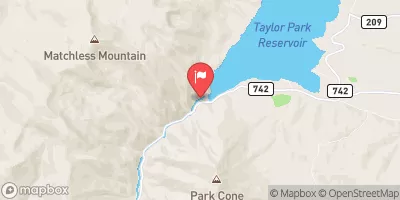 Taylor River Below Taylor Park Reservoir
Taylor River Below Taylor Park Reservoir
|
79cfs |
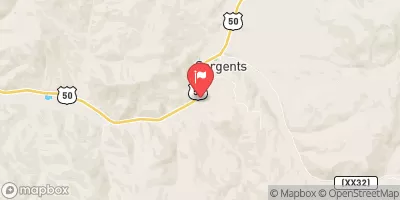 Tomichi Creek At Sargents
Tomichi Creek At Sargents
|
53cfs |
 Arkansas River Below Granite
Arkansas River Below Granite
|
157cfs |
Angling Safety Guidelines
Check local fishing rules, seasons, size limits, and license requirements to ensure legal and sustainable angling.
Handle Fish Responsibly
Use wet hands, minimize air exposure, and release fish gently to improve survival rates when practicing catch-and-release.
Choose the Right Gear
Match your rod, line, and tackle to the species and conditions to increase success and reduce unnecessary harm to fish.
Respect the Waterway
Avoid disturbing habitat, prevent bank erosion, and keep a safe distance from spawning areas to protect ecosystems.
Keep It Clean
Pack out all line, hooks, bait containers, and trash—discarded gear can injure wildlife and degrade waterways.
Related Links
Area Campgrounds
| Location | Reservations | Toilets |
|---|---|---|
 Cascade
Cascade
|
||
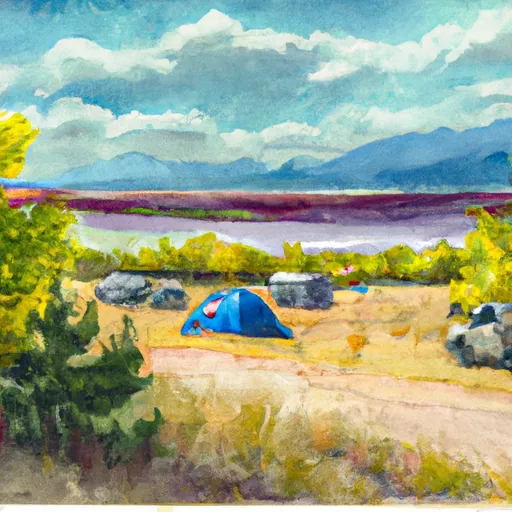 Chalk Lake Campground
Chalk Lake Campground
|
||
 Chalk Lake
Chalk Lake
|
||
 Mount Princeton Campground
Mount Princeton Campground
|
||
 Mount Princeton
Mount Princeton
|
||
 Iron City Campground
Iron City Campground
|

 Chalk Lake Fishing Site
Chalk Lake Fishing Site
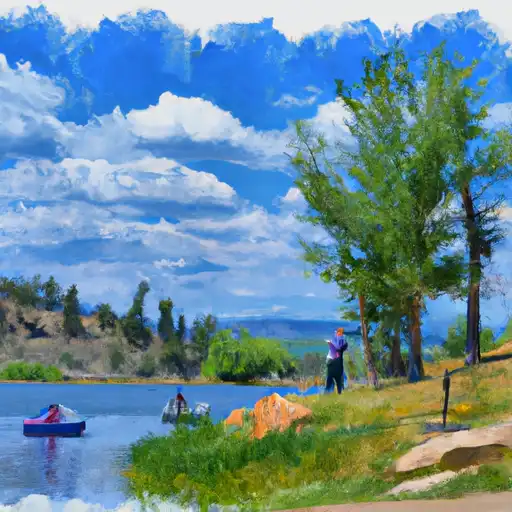 Cottonwood Lake (Buena Vista)
Cottonwood Lake (Buena Vista)
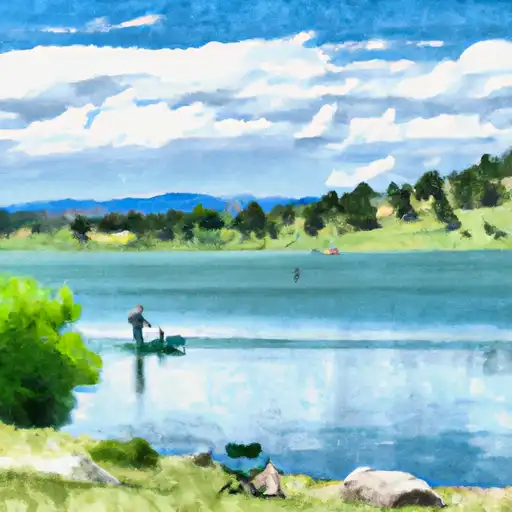 Cottonwood Lake
Cottonwood Lake
 Mirror Lake (Almont)
Mirror Lake (Almont)
 North Fork
North Fork
 AHRA - Fishermans Bridge Rec Site
AHRA - Fishermans Bridge Rec Site
 AHRA - Ruby Mountain Rec Sits
AHRA - Ruby Mountain Rec Sits
 CR 300 22504, Nathrop
CR 300 22504, Nathrop
 AHRA - Hecla Junction Rec Site
AHRA - Hecla Junction Rec Site
 AHRA - Stone Bridge Rec Site
AHRA - Stone Bridge Rec Site